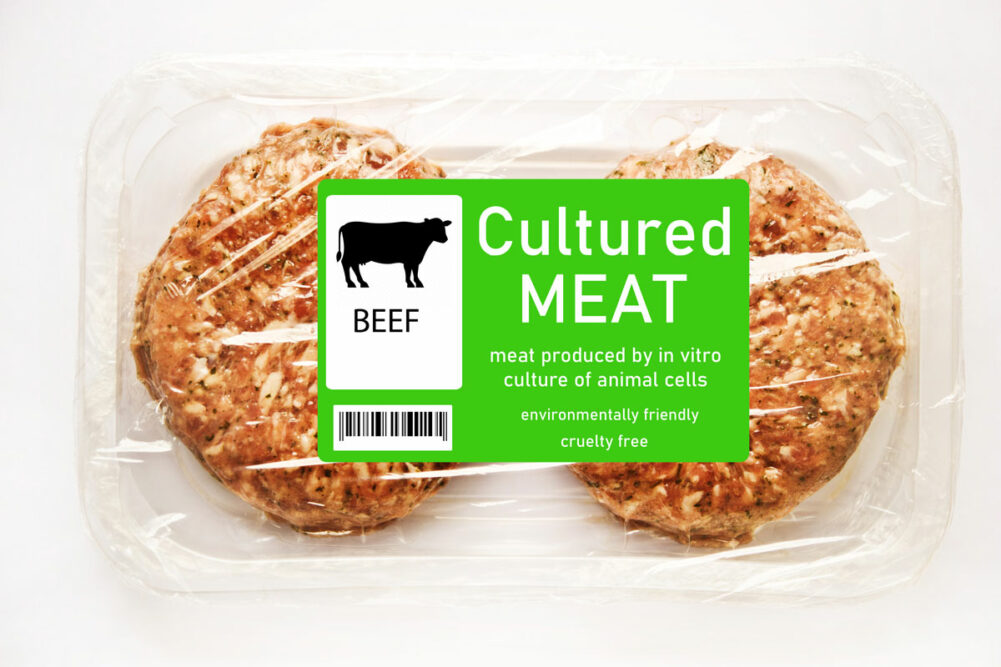 KANSAS CITY — Italy’s ban on the sale, import or export of cultivated meat may seem like a remote anomaly, a political decision by the majority party of the world’s eighth largest economy seeking to pacify conventional agricultural interests. But it also represents an attack on innovation — an advance that may help feed a rapidly growing global population on the cusp of a food security crisis.
KANSAS CITY — Italy’s ban on the sale, import or export of cultivated meat may seem like a remote anomaly, a political decision by the majority party of the world’s eighth largest economy seeking to pacify conventional agricultural interests. But it also represents an attack on innovation — an advance that may help feed a rapidly growing global population on the cusp of a food security crisis.
Advocates of the Italian ban view it as protecting consumers as well as preserving local traditions. Opponents see it as stifling progress, especially a technology with the potential to offer environmental benefits that may help one day slow climate change and ease water shortages.
While the Italian government’s ban is extreme, it is not an isolated episode. In the United States, Florida, Missouri, Oklahoma and Texas are attempting to or have passed legislation to impose labeling requirements that may impede the path to market for cultivated meat products.
On Sept. 1, a law went into effect in Texas that requires the labels of cultivated meat products sold in the state to read “cell-cultured,” “lab-grown” or have similar language on the packaging. The law also takes aim at plant-based meat alternatives, requiring those sold in Texas to have “analogue,” “meatless,” “plant-based,” “made from plants,” or similar language appear next to the label with comparable size text as the product name.
In Florida, a bill has been proposed that would ban the manufacturing, sale, holding or distribution of cultivated meat in the state. In an interview with Politico, State Representative Tyler I. Sirois, a sponsor of the legislation, said, “Farming and cattle are incredibly important industries to Florida. So, I think this is a very relevant discussion for our state to have.”
Making the legislative fixation on bans or labeling mandates stranger is how far cultivated meat is from mainstream availability. It is a category that is slowly moving through the regulatory approval process around the world. In markets where products are available for sale, manufacturing capacity is minuscule. There is no large-scale, optimized manufacturing footprint like the conventional meat industry’s anywhere in the world. It will be years, perhaps even decades, before cultivated meat makes the transition from niche to mainstream.
Yet there are opponents who are set on undermining its development. Maybe the popularity and scale the milk alternative category has achieved during the past 40 years is viewed as a teachable moment for conventional agriculture interests and is prompting potential competitors to act earlier to stifle competition later.
It will be up to the courts to decide if such labeling requirements will withstand First Amendment scrutiny, and whether outright product bans will prevail over the rules governing interstate commerce and regional as well as global trade agreements.
The rest of the food and beverage industry must be wary of these efforts to hinder innovation. New ingredients and ingredient systems are being developed through various fermentation technologies, most notably precision fermentation. The opportunities these ingredients offer for the future of product development are significant. Innovation needs to be embraced for its potential benefits rather than impeded because it may one day compete with an older system or technology.





